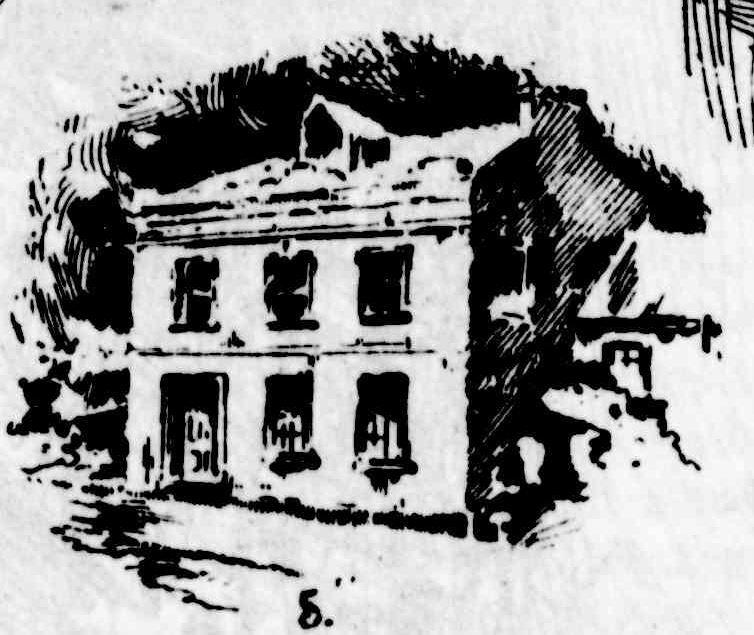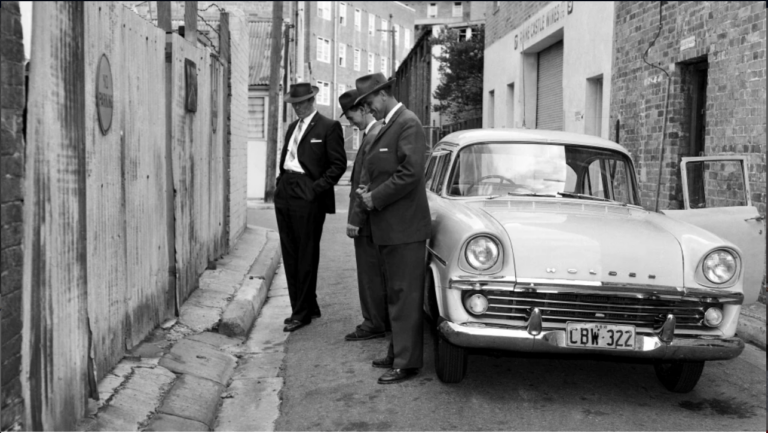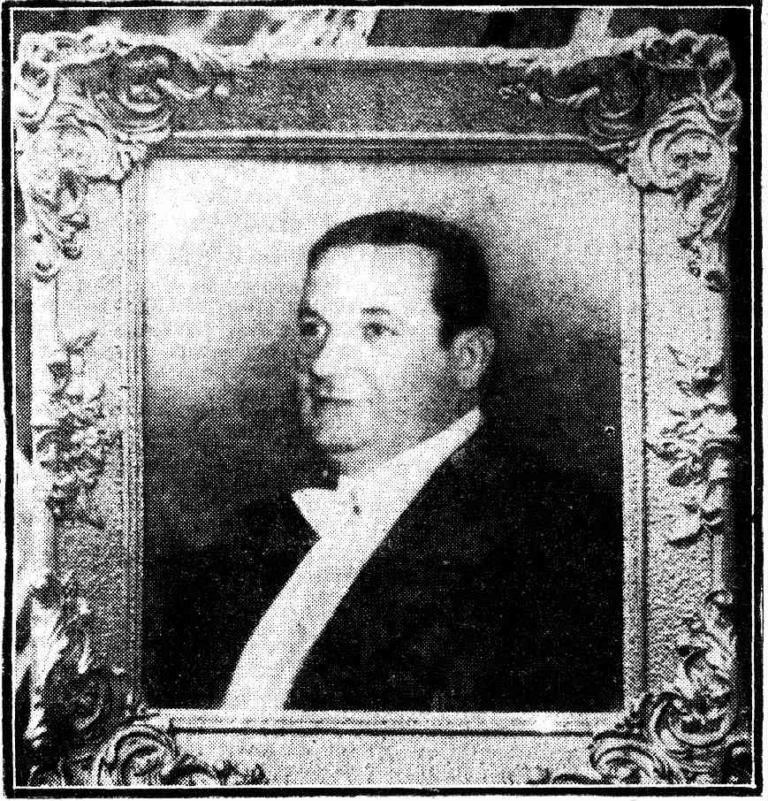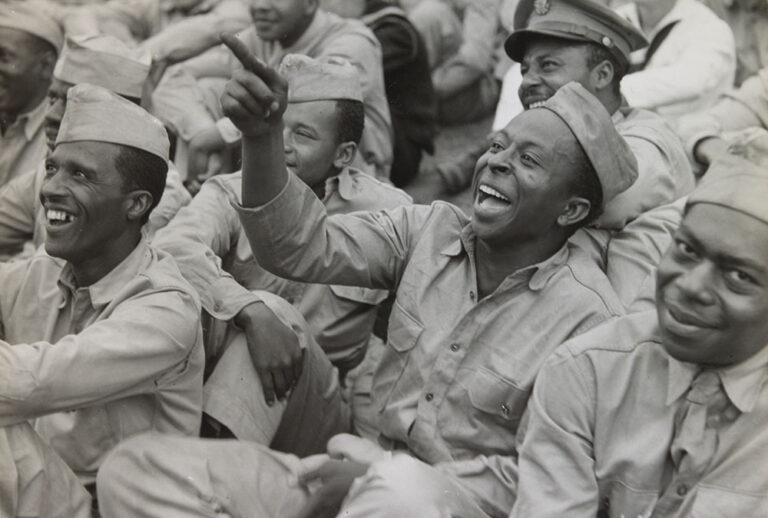The True Story of a Forgotten Nineteenth-Century Bohemian Lesbian Love Tragedy.
When George Edwards arrived home to the cottage at 195 Bourke Street, Darlinghurst, he found Edith Van Kaspelen knocking on the door.
“Marvellous, you can let me in. I have been here knocking on this door for five minutes.”
“That is rather unusual. Annie should be here. She was here when I left,” replied George.
“Yes, she and I made plans to meet here.”
George entered his key and turned the lock until it made a resounding metallic ‘clack’. He pushed the door open, and the two stood facing down a narrow hall to the flight of stairs that went up to the next floor.
“Is that blood?”
George ran ahead to investigate. Blood splatter trailed along the hall from the kitchen and continued up the stairs to the bedrooms.
“Annie! Annie!” No one replied to Georges’ calls.
“Wait here.”
He raced to the kitchen.
Still in the hall, Edith stood silent until hearing a shriek of anguish.
“Oh, No! what is it, George?”
“It is Annie; she needs a doctor. Go get one, quickly!”
Hearing Annie’s name, the hairs on her neck stood up. All fear was overwhelmed by the sudden rush of concern Edith had for her friend. Instinctively ignoring the command, she burst into the kitchen and lying on the floor before her in a pool of dark blood was the petite frame of a woman in her mid-twenties. Her left eye socket was dark, hollow and oozing blood. Unable to speak, Annie raised her arm slightly as though she was greeting Edith. No words could be produced in her mouth, only wet gasps for air. Death was near.
Edith ran to comfort her friend.
“My dear Annie. What has he done!”
Crying uncontrollably, Edith took her friend’s pale head into her lap and attempted to rub the smeared blood away from the dying girl’s lips.
“Don’t leave me,” she sobbed as she planted a gentle kiss on the girl’s forehead.
Edith looked up at George, tears flowing down her cheeks. “I cannot leave her here while she is alive… I will not leave her!”
“It is ok; you stay with her; I will seek help.”

Police detectives recorded Annie Wilson’s death at 1:55 pm on the 12th of January 1893. She had died from two gunshot wounds to the face. One bullet entered her left eye, lodging inside the skull. The other bullet hit her above the same eye though the bone deflected it. A man’s hat was found near Annie on the kitchen floor. It had a bullet hole in it. Detectives determined the hole was made by the bullet they discovered lodged in the plaster ceiling above the crime scene.
The hat was initially discovered by George Edwards, who recognised it as belonging to Edith Van Kaspelen’s estranged husband, Simon. The blood splatter in the hall and on the stairs belonged to him. Simon was found in a locked bedroom, sprawled over a blood-soaked bed. His cold hands were clenching a pistol. His brains sprayed over the sheets and walls.
What appeared to be a murder-suicide became a national sensation. Simon Van Kaspelen was one of Australia’s most successful artists in the late nineteenth century. His crayon and pencil portraits of the leading members of Australian politics and high society adorned the walls of mansions and luxury hotels across the nation.
Simon and Edith were part of a bohemian community in Darlinghurst. They boarded at Bourke Street with Annie Wilson and George Edwards in a charming white two-storey Georgian-style cottage. However, Edith had left Simon several weeks earlier after being married for ten years. She was thirty-six, and he was ten years her senior.
Simon Van Kaspelen was a troubled soul. Born in Amsterdam, he was a gifted artist and made a career in London before relocating to the affluent colony of New South Wales in 1880. His career boomed here, and he was represented by the prominent art dealer, W. Aldenhoven, on Hunter Street. However, Van Kaspelen had a demon within him in the shape of an alcohol addiction. He was said to be a gentleman when sober and a violent psychopath when drunk. Edith could no longer handle the abuse.

After losing his wife, Simon fell into despair and drank even more heavily than before. Although she had left the cottage, Edith was a regular visitor, lunching with Annie Wilson most days. Simon would oscillate between melancholy and rage when Edith visited, begging her for forgiveness one moment and threatening to shoot her the next. These threats got so extreme that Edith’s sister begged that she leave for a while until things cooled down.
In the press, it was presumed that Simon shot Annie Wilson after he mistook her for his wife while in a drunken frenzy. However, this theory was born not from hard evidence but from a lack of apparent motive. After determining the likely events leading to the murder, some doubted this theory.
More information was revealed as the witnesses were interviewed during the inquest, shedding light on what had happened. Truth Newspaper reported Van Kaspelen complained his wife had “entertained a high and unusually affectionate regard” for the 26-year-old Annie Wilson and that Annie was “too intimate with Mrs Van Kaspelen.” The Daily Telegraph took this line further and alluded to what was rumoured to be accurate; however, forbidden to be discussed due to the social taboos of the Victorian era.
It is scarcely feasible, however, that Van Kaspelen should deliberately shoot another woman in broad daylight, mistaking her for his wife. The probability is that frenzied with drink, he was seized with an insane idea of revenge on the woman who he discovered was befriending the wife who had left him. His was an intensely jealous nature, and on Wednesday, he told some friends that he suspected his wife of infidelity.
Simply put, Edith Van Kaspelen and Annie Wilson were engaged in a scandalous lesbian affair. After the murder, the affair was covered up by Edith, Annie Wilson’s husband and her brother George Edwards. Same-sex relationships were considered unnatural abominations in the 1890s and not something one would write about in the press. Hence, it appears Edith Van Kaspelen and Annie Wilson’s friends and family were quick to cover up this detail in the story.
So, what happened on that fateful day?
It is believed that Simon Van Kaspelen entered the house at approximately 1 pm to find Annie alone. He drew a gun, aimed it point blank at her head, and pushed her into the kitchen. He then struck her or she tripped and landed on the kitchen floor. As she begged for mercy, he fired the gun at her face, the bullet entering her eye. He then turned the gun on himself and fired; however, he missed, and the bullet went through his hat, only scathing his skin and lodging into the ceiling. Bleeding, he ran to his room, leaving the hat and blood trail behind. The plan was to take his own life so his body would lie next to Annie’s, leaving them both on display for Edith to discover on arrival. Her lovers, past and present, bloody and lifeless. A dish of revenge served cold. But it was not to be, and behind the locked door, he shot himself on his bed.
The coroner declared it a tragic murder-suicide and soon it was forgotten.
This case is significant because it is one of the earliest public records depicting a same-sex relationship in colonial Australia. Primary sources relating to Sydney’s nineteenth-century LGBT history are almost non-existent. This case also shows that the LGBT history of Darlinghurst goes back longer than we realise.
195 Bourke Street still stands and looks almost the same as how it did in 1893. It has been renovated and restructured internally and is a stunning home. Though, regardless, one can only imagine what tragic ghosts must haunt its halls.






